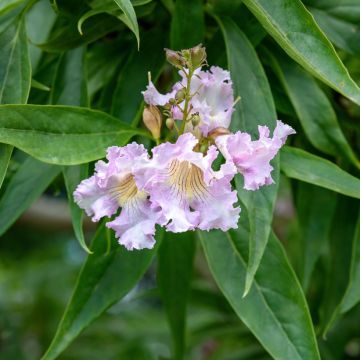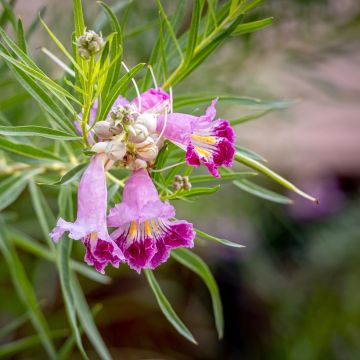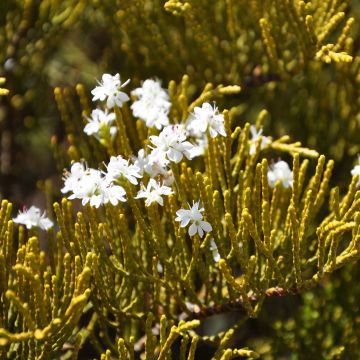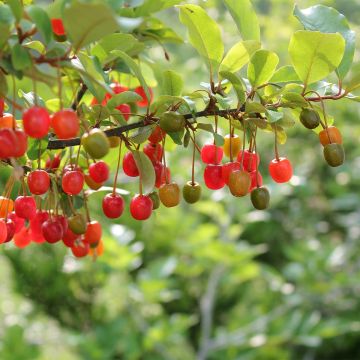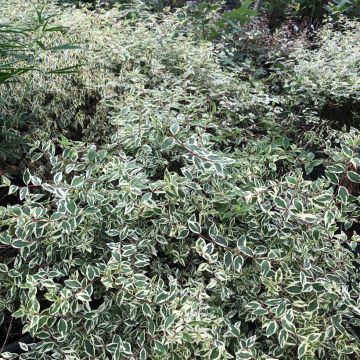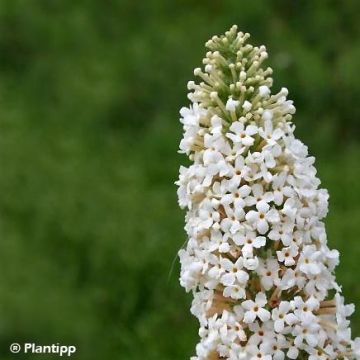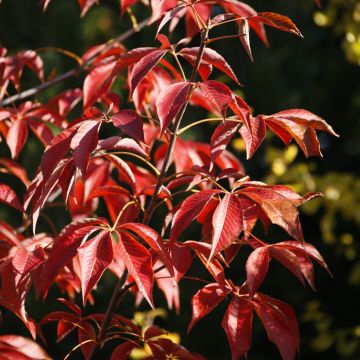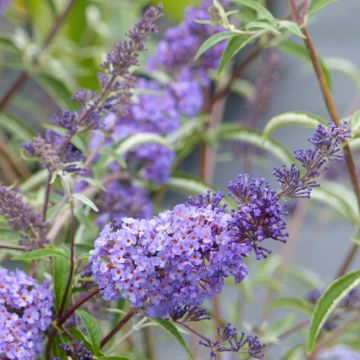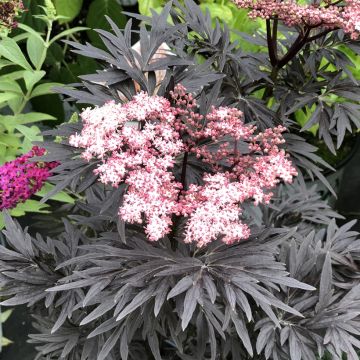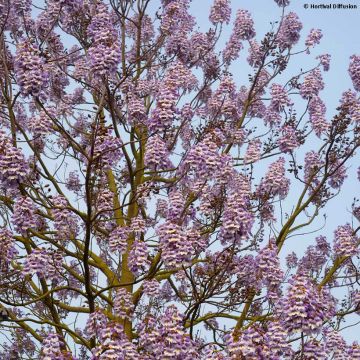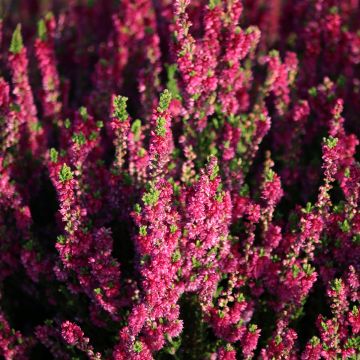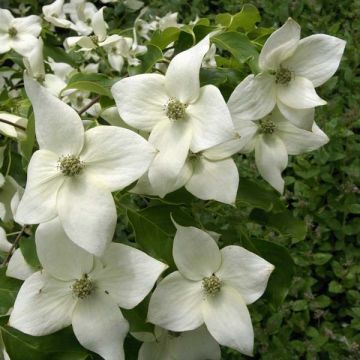Shipping country and language
Your country of residence may be:
Your country of residence is:
For a better user experience on our website, you can select:
Your shipping country:
-
Andorra
-
Austria
-
Belgium
-
Bulgaria
-
Canada
-
Chile
-
Croatia
-
Cyprus
-
Czechia
-
Denmark
-
Estonia
-
Finland
-
France
-
Germany
-
Greece
-
Hungary
-
Iceland
-
Ireland
-
Italy
-
Latvia
-
Lithuania
-
Luxembourg
-
Malta
-
Monaco
-
Netherlands
-
Poland
-
Portugal
-
Romania
-
Slovakia
-
Slovenia
-
Spain
-
Sweden
-
Switzerland
-
United Kingdom
We only deliver seed and bulb products to your country. If you add other products to your basket, they cannot be shipped.
Language:
-
French
-
German
-
Spanish
-
English
-
Italian
My Account
Hello
My wish lists
Log in / Register
Existing customer?
New customer?
Create an account to track your orders, access our customer service and, if you wish, make the most of our upcoming offers.
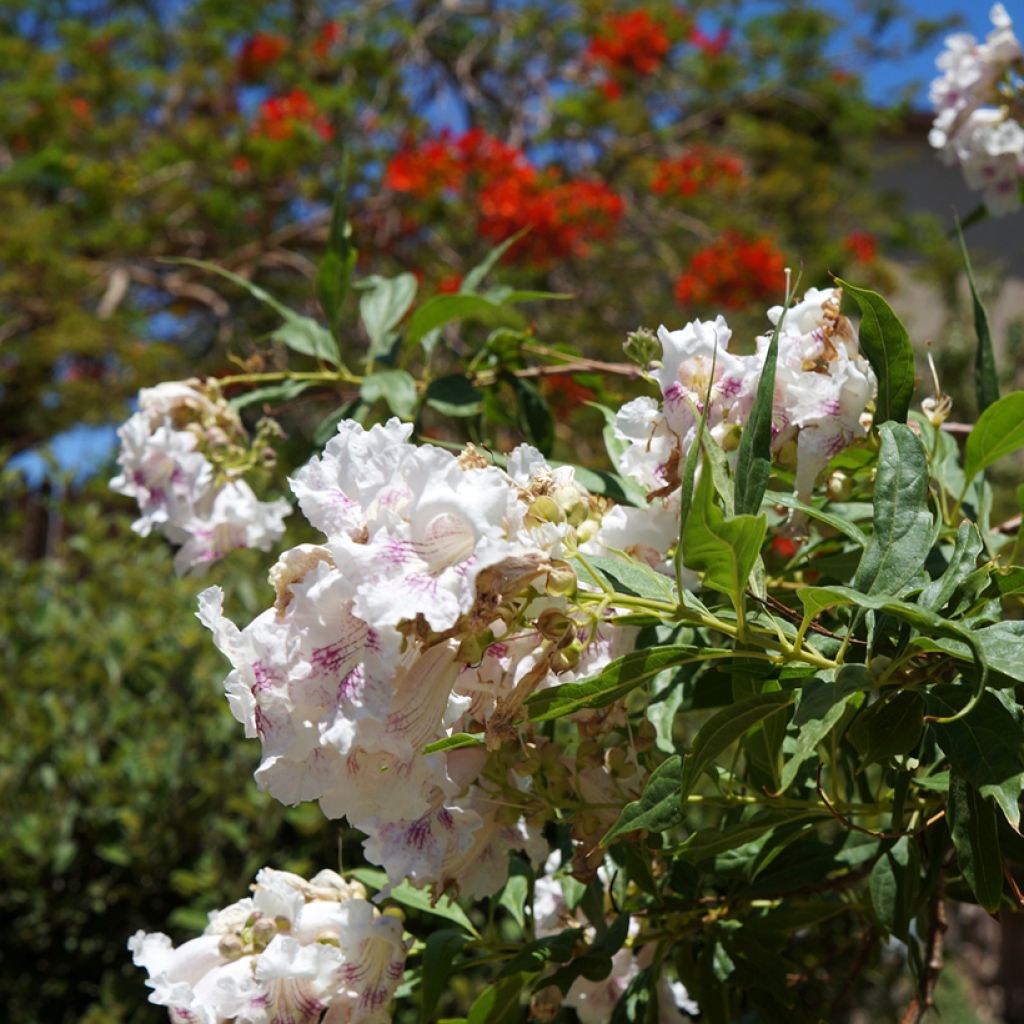

Chitalpa tashkentensis
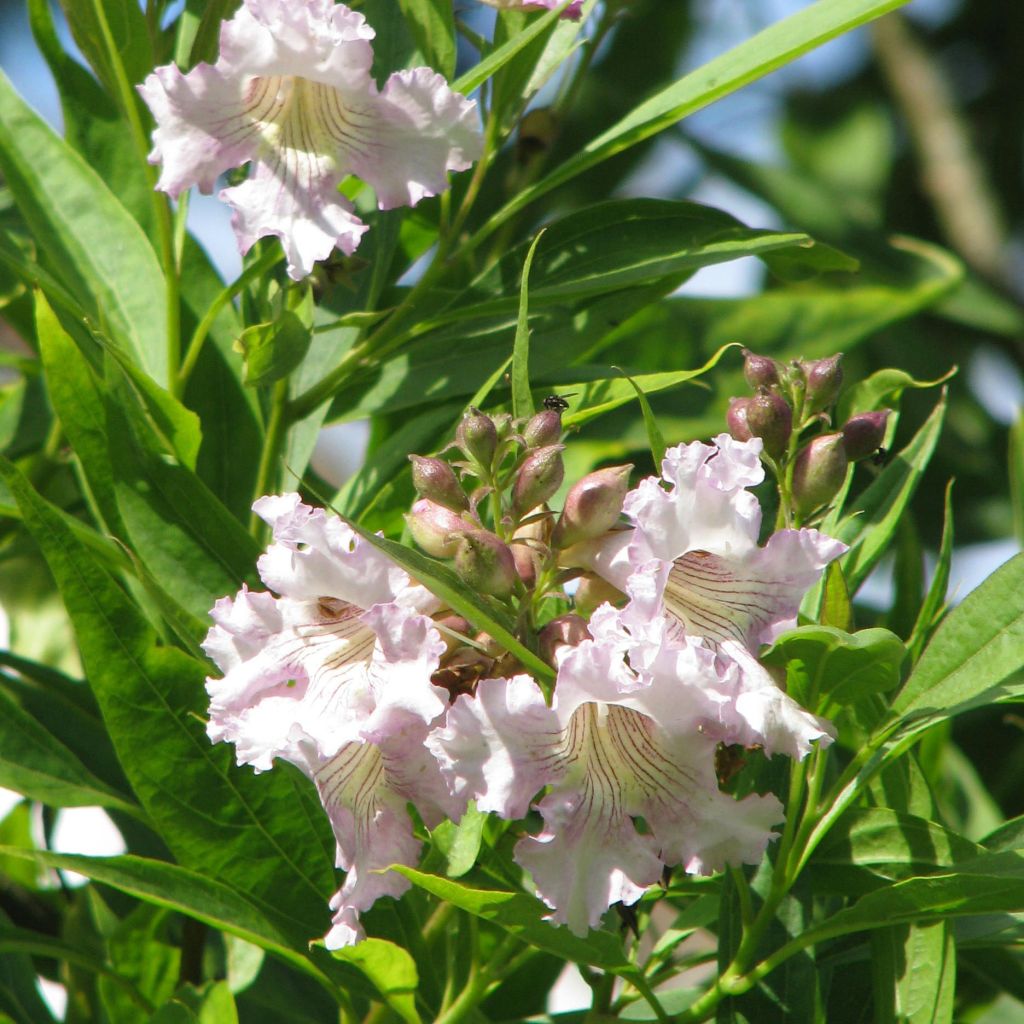

Chitalpa tashkentensis
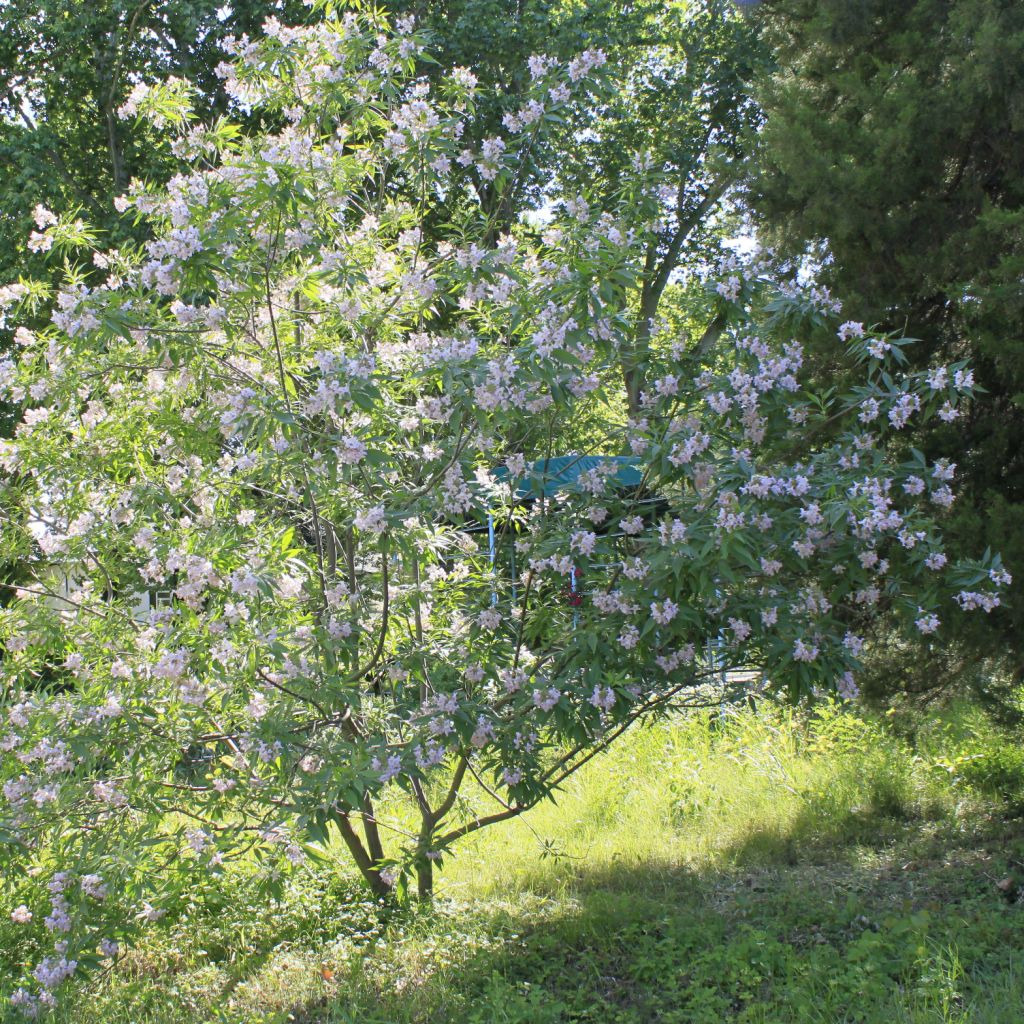

Chitalpa tashkentensis
Chitalpa tashkentensis
Chitalpa tashkentensis
Plant arrived in good condition, a bit too early to see if it's taking well.
Martine, 28/03/2022
Order in the next for dispatch today!
Dispatch by letter from €3.90.
Delivery charge from €5.90 Oversize package delivery charge from €6.90.
More information
This item is not available in your country.
Schedule delivery date,
and select date in basket
This plant carries a 24 months recovery warranty
More information
We guarantee the quality of our plants for a full growing cycle, and will replace at our expense any plant that fails to recover under normal climatic and planting conditions.
From €5.90 for pickup delivery and €6.90 for home delivery
Express home delivery from €8.90.

Does this plant fit my garden?
Set up your Plantfit profile →
Description
Chitalpa tashkentensis, also known as the Chitalpa of Tashkent, is a large deciduous shrub or small tree with fast growth, with a more or less spreading and bushy habit. It produces beautiful terminal clusters in summer, conical in shape, carrying pale pink tubular flowers with yellow striped throats, fragrant and honey-bearing. Adorned with olive green, ovate and pointed foliage, this hybrid variety has a charm from elsewhere but also shows a sweet rural face, which does not leave one indifferent. This shrub with a generous habit deserves a prominent place in the garden, in ordinary but well-drained soil. It is also interesting as a flowering hedge or as a solitary plant, to shade the terrace with lightness.
Chitalpa tashkentensis is a hybrid obtained by the spontaneous cross-breeding of Chilopsis linearis (desert willow) with Catalpa bignoniodes (common Catalpa), discovered in the Tashkent province in Uzbekistan, then multiplied "in vitro" in the years 1960-1964. This large sterile shrub belongs to the family Bignoniaceae. If left unpruned, the Chitalpa forms a small tree about 6 to 8m (26ft) in all directions, with a spreading, branched, dense and rounded habit. It has a relatively short trunk, with low and ascending branching. Its grey bark is covered with light lenticels and cracks with age. Flowering takes place from late spring to summer (from May to August depending on the climate) with a possible reblooming in September. The flowers are arranged in conical and erect racemes, in the terminal part of the branches. The wide flowers, about 3cm (1.2in) in diameter, are sterile, tubular, bell-shaped, composed of 5 lobes, three of which are wider at the lower part and two smaller ones with very undulate margins at the upper part. Their colour is a pale pink, tinged with mauve, revealing a throat striped with pale yellow and purple. The flowering, very visited by bees and butterflies, exhales a sweet and somewhat heady scent, perceptible up close. This shrub has deciduous foliage, medium green tinged with olive, sometimes speckled with purple in autumn, distinctly veined on the underside. The leaves are simple, 10 to 20cm (7.9in) long, alternate, narrow lanceolate, very tapering, carried by very flexible green stems. The wood of the Chitalpa is very light. This shrub can be easily trained as a vine-plant, as it regrows from the stump.
Easy to grow, not demanding on the nature of the soil as long as it is well-drained, Chitalpa tashkentensis, adorned with a sweet scent of exoticism, also possesses the simplicity of hedge shrubs. Perfectly resistant to drought once well established, it is a valuable asset for the garden in summer, with its flowering that will accompany that of buddleias, mock orange shrubs, and of course, roses. It can be planted as a solitary plant to shade the terrace, at the edge of a grove, in front of taller trees, trained as a vine-plant or as an informal hedge mixed with other species (flowering apple trees, Japanese cherry trees, Chinese almond trees, Japanese quince, Deutzias...).
Report an error about the product description
Chitalpa tashkentensis in pictures
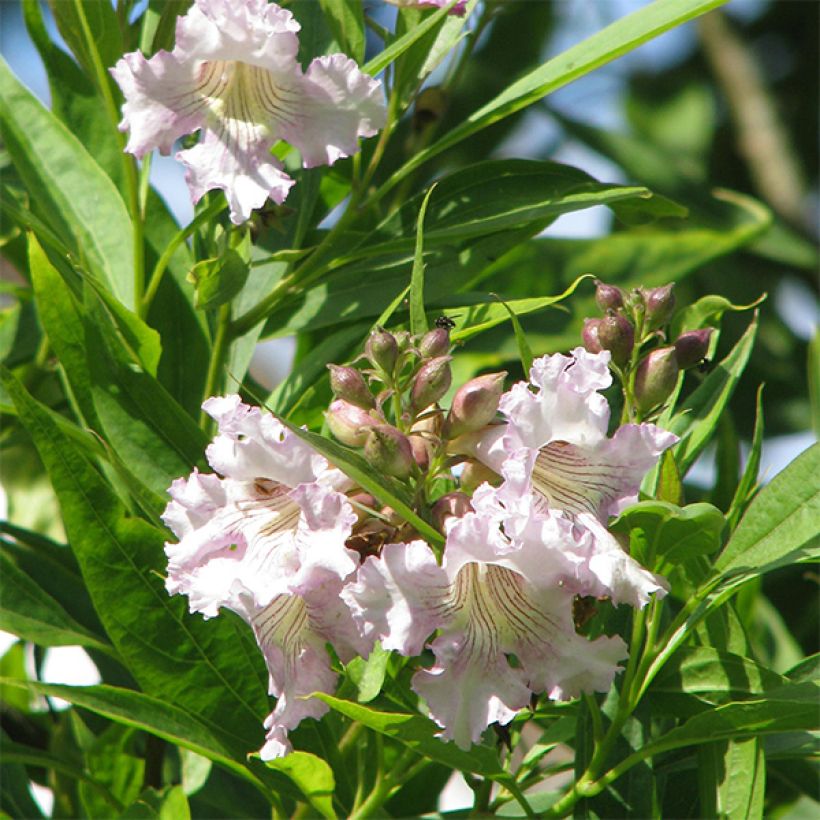

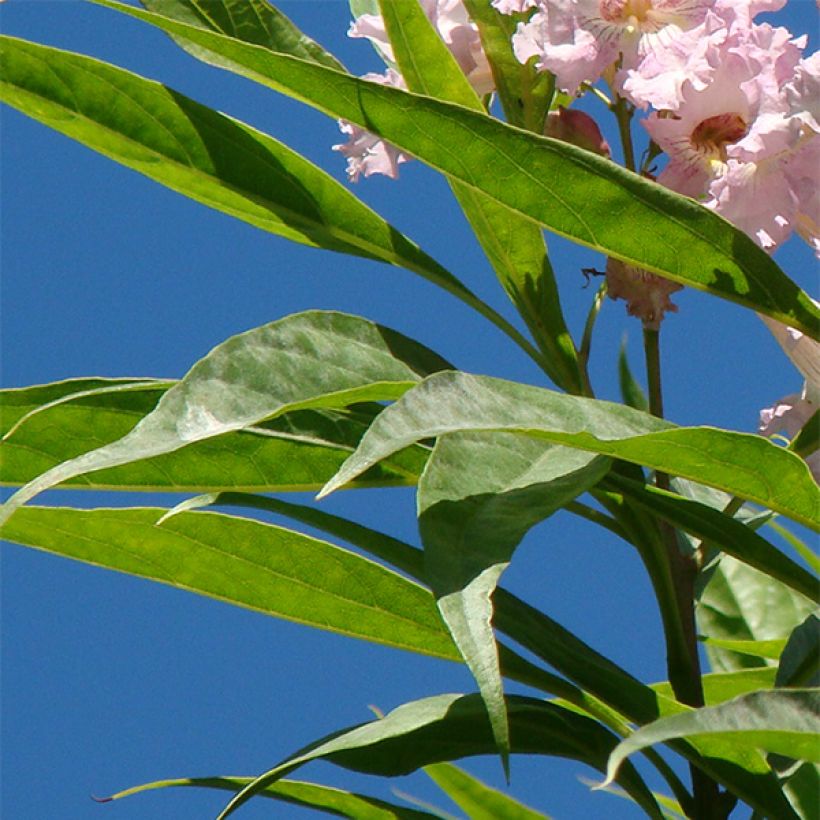

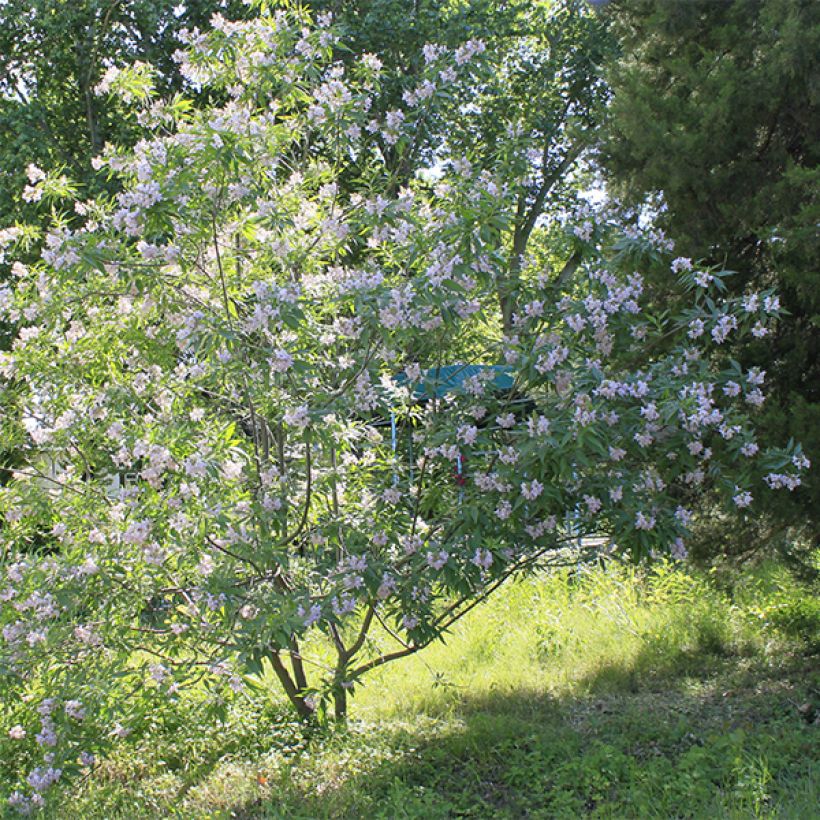

Plant habit
Flowering
Foliage
Botanical data
Chitalpa
tashkentensis
Bignognaceae
Cultivar or hybrid
Other Chitalpa and Chilopsis
Planting and care
Chitalpa tashkentensis is planted from March to May (in cold regions) or from September to November, depending on the climate. It can tolerate any ordinary soil, but prefers well-drained, loose, deep, even limestone soils. Applying a complete fertilizer every year at the start of the growing season is recommended. The substrate should be kept moist during the first years of cultivation, and then this small tree can do without watering in summer, even in hot and dry climates. It is preferable to plant it in full sun (or in light shade in hot climates), as its flowering is better when it receives maximum light. Light pruning may be necessary for training purposes (for standard or tree forms) in winter. The vegetation of this bush restarts late, in the month of May.
Planting period
Intended location
Care
-
, onOrder confirmed
Reply from on Promesse de fleurs
Summer-flowering shrubs
Haven't found what you were looking for?
Hardiness is the lowest winter temperature a plant can endure without suffering serious damage or even dying. However, hardiness is affected by location (a sheltered area, such as a patio), protection (winter cover) and soil type (hardiness is improved by well-drained soil).

Photo Sharing Terms & Conditions
In order to encourage gardeners to interact and share their experiences, Promesse de fleurs offers various media enabling content to be uploaded onto its Site - in particular via the ‘Photo sharing’ module.
The User agrees to refrain from:
- Posting any content that is illegal, prejudicial, insulting, racist, inciteful to hatred, revisionist, contrary to public decency, that infringes on privacy or on the privacy rights of third parties, in particular the publicity rights of persons and goods, intellectual property rights, or the right to privacy.
- Submitting content on behalf of a third party;
- Impersonate the identity of a third party and/or publish any personal information about a third party;
In general, the User undertakes to refrain from any unethical behaviour.
All Content (in particular text, comments, files, images, photos, videos, creative works, etc.), which may be subject to property or intellectual property rights, image or other private rights, shall remain the property of the User, subject to the limited rights granted by the terms of the licence granted by Promesse de fleurs as stated below. Users are at liberty to publish or not to publish such Content on the Site, notably via the ‘Photo Sharing’ facility, and accept that this Content shall be made public and freely accessible, notably on the Internet.
Users further acknowledge, undertake to have ,and guarantee that they hold all necessary rights and permissions to publish such material on the Site, in particular with regard to the legislation in force pertaining to any privacy, property, intellectual property, image, or contractual rights, or rights of any other nature. By publishing such Content on the Site, Users acknowledge accepting full liability as publishers of the Content within the meaning of the law, and grant Promesse de fleurs, free of charge, an inclusive, worldwide licence for the said Content for the entire duration of its publication, including all reproduction, representation, up/downloading, displaying, performing, transmission, and storage rights.
Users also grant permission for their name to be linked to the Content and accept that this link may not always be made available.
By engaging in posting material, Users consent to their Content becoming automatically accessible on the Internet, in particular on other sites and/or blogs and/or web pages of the Promesse de fleurs site, including in particular social pages and the Promesse de fleurs catalogue.
Users may secure the removal of entrusted content free of charge by issuing a simple request via our contact form.
The flowering period indicated on our website applies to countries and regions located in USDA zone 8 (France, the United Kingdom, Ireland, the Netherlands, etc.)
It will vary according to where you live:
- In zones 9 to 10 (Italy, Spain, Greece, etc.), flowering will occur about 2 to 4 weeks earlier.
- In zones 6 to 7 (Germany, Poland, Slovenia, and lower mountainous regions), flowering will be delayed by 2 to 3 weeks.
- In zone 5 (Central Europe, Scandinavia), blooming will be delayed by 3 to 5 weeks.
In temperate climates, pruning of spring-flowering shrubs (forsythia, spireas, etc.) should be done just after flowering.
Pruning of summer-flowering shrubs (Indian Lilac, Perovskia, etc.) can be done in winter or spring.
In cold regions as well as with frost-sensitive plants, avoid pruning too early when severe frosts may still occur.
The planting period indicated on our website applies to countries and regions located in USDA zone 8 (France, United Kingdom, Ireland, Netherlands).
It will vary according to where you live:
- In Mediterranean zones (Marseille, Madrid, Milan, etc.), autumn and winter are the best planting periods.
- In continental zones (Strasbourg, Munich, Vienna, etc.), delay planting by 2 to 3 weeks in spring and bring it forward by 2 to 4 weeks in autumn.
- In mountainous regions (the Alps, Pyrenees, Carpathians, etc.), it is best to plant in late spring (May-June) or late summer (August-September).
The harvesting period indicated on our website applies to countries and regions in USDA zone 8 (France, England, Ireland, the Netherlands).
In colder areas (Scandinavia, Poland, Austria...) fruit and vegetable harvests are likely to be delayed by 3-4 weeks.
In warmer areas (Italy, Spain, Greece, etc.), harvesting will probably take place earlier, depending on weather conditions.
The sowing periods indicated on our website apply to countries and regions within USDA Zone 8 (France, UK, Ireland, Netherlands).
In colder areas (Scandinavia, Poland, Austria...), delay any outdoor sowing by 3-4 weeks, or sow under glass.
In warmer climes (Italy, Spain, Greece, etc.), bring outdoor sowing forward by a few weeks.
